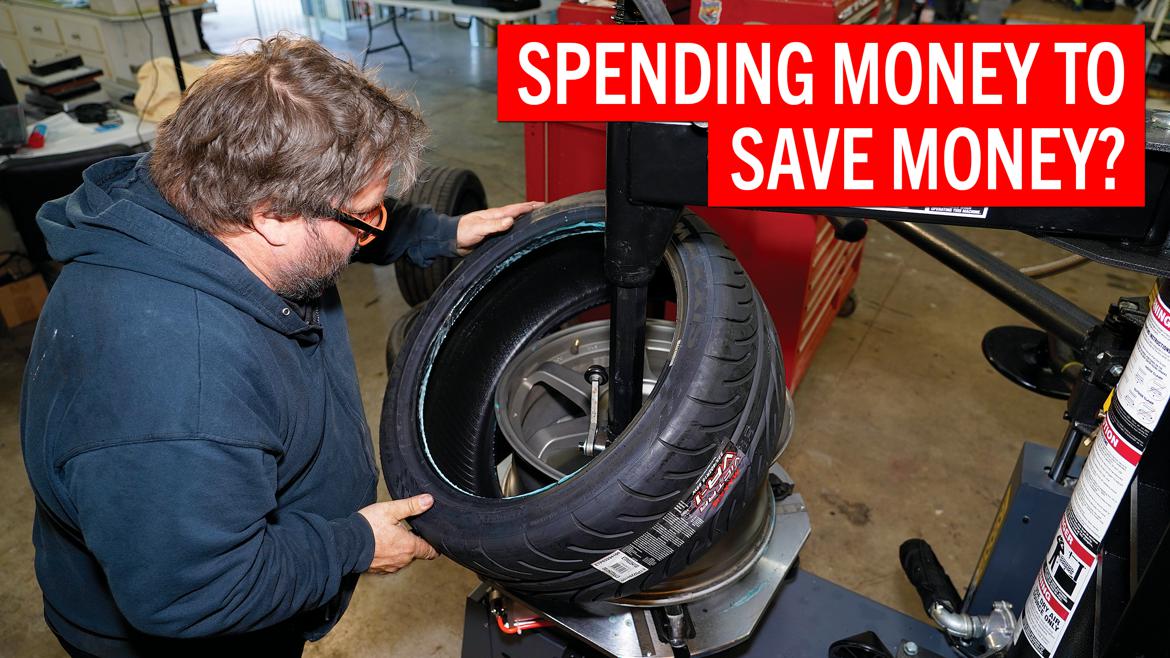Also in the area of Letchworth Park, in addition to both the Erie and the DL&W, was the fascinating little shortline of the Dansville & Mount Morris. It ran the 18 miles from Dansville, NY to Mount Morris, NY. Incorporated on January 4, 1868, as the Erie & Genesee Valley Railroad to build a line from Mount Morris to Dansville, the company completed construction in 1871 and was immediately leased to Jay Gould's Erie Railroad. The company ended up bankrupt after less than 20 years, but was reorganized on October 21, 1891 as an independent locally owned road under the names of its termini, Dansville and Mount Morris. The new company entered into receivership on June 8, 1894,a receivership that continued for 31 years. The line experienced few profitable years, and in 1912 the surplus at the end of the year amounted to one dollar.
David P. Morgan visited the line in 1956, while searching for the last holdouts of steam, and described the company as having two locomotives, two stockholders, and 15 employees. At the time, the D&MM only had one locomotive in service, because they alternated operation. They would run one locomotive for a year and take the other one out of service to do maintenance to it, and then the next year they would swap the two. Both locomotives were small and elderly but noteworthy.
One of the engines was #565, a former Delaware, Lackawanna & Western 2-6-0. Built in 1908, it was updated with piston valves and a superheater at an unknown date by the DL&W and then sold to the D&MM in 1938. The #565 was fitted with a plow pilot and some crude hand-lettering and served the D&MM faithfully until 1961, at which point the #565 was bounced all over the north east before eventually ending up back on home territory at Scranton, Pennsylvania in the old DL&W roundhouse as part of the Steamtown NHS collection. This makes #565 one of only two DL&W engines to escape the torch and the only one in it's original locale. Sadly it seems unlikely that #565 will ever operate again, as it is reportedly in incredibly poor mechanical condition and is missing many parts due to several aborted restorations. It sits partially disassembled in the roundhouse gathering dust.
\
The other D&MM steam engine was 4-6-0 #304. It was built in 1905 at Alco's Brooks facility for the New York, Chicago & St. Louis, better known as the Nickel Plate Road, as #44, part of a ten engine order. These fast freight Ten-Wheelers must have performed as hoped, because a second batch of twenty was purchased in 1908-1909. A 1910 reorganization of motive power resulted in it being renumbered to #304. When the New York Central sold off its controlling interest in the Nickel Plate to the Van Sweringen Brothers in 1920, the 4-6-0s were sold to the Akron, Canton & Youngstown (which ironically didn't go to either Canton or Youngstown). By 1929, the AC&Y was acquiring bigger power and the #304 was sold to the Dansville & Mount Morris. D&MM replaced the hardwood pilot with one made from angle iron, relocated the headlamp to the center of the smokebox with the original number plate hung under the headlamp, and the tender sides cut down to make a clear vision tender. A year after David Page Morgan's 1956 visit, the #304 was retired by the D&MM and sold to the Myers Steel & Supply Company for scrap. For whatever reason, the Myers Brothers never came and retrieved the #304 and it remained on the property until 1964, with some of its parts being removed and sold to nearby Arcade & Attica. Nelson Blount got word of #304's continued existence and purchased #304 for $1256 and had it shipped to Bellows Falls, Vermont for his Steamtown USA collection. It later made the trip south to Scranton, where it rejoined former D&MM stablemate #565. Like #565, #304 is unlikely to ever operate again, as it is small, old and completely worn out, plus heavily deteriorated from years of sitting outside. But #304 is a highly important historical artifact as it is the oldest surviving Nickel Plate Road engine, the only example of early NKP power (the other 12 survivors are 6 Berkshires from the '20s, 4 '20s Mikados, a 1944 0-6-0 and a 1927 Hudson), and the only surviving Akron, Canton & Youngstown steam engine.

When the Dansville & Mount Morris dieselized, it was still interesting, because they purchased two GE 44-tonners. One came from the Bath & Hammondsport (yes, consider that by the time they were purchasing their first diesel engines, the diesel engines were already onto their second owner) but the other was the very last 44-tonner built by GE. That unit was rather unique because while the majority of GE 44-tonners used two Caterpillar D17000 180hp V8s, the final four, including D&MM #1, used Caterpillar D342 inline-6 200hp engines.

The Dansville & Mount Morris was eventually purchased in 1985 by Genesee & Wyoming and technically still exists but is a non-operating subsidiary of the Rochester & Southern.




















































